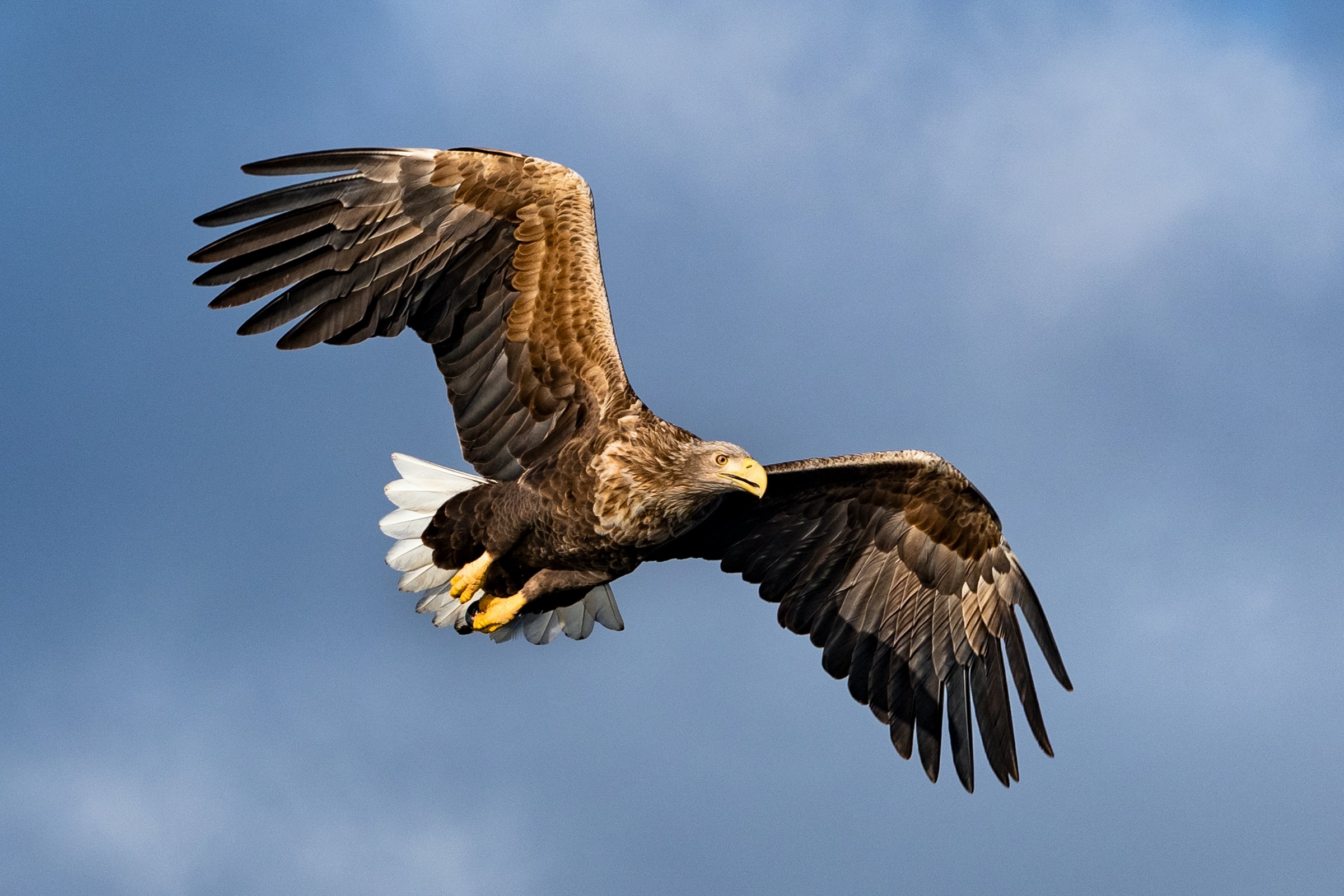
The SEAS fellows recently went on a short boat tour from the island of Sotra, an hour’s bus journey from the main UIB campus. It was very interesting to meet a member of the fishing community from the small town of Telavåg whilst there. He taught us much about how the economy of the island has changed in his lifetime – from one dominated by depending on oscillating stocks of mackerel, herring, or cod, to one where most working people are employed by the oil industry.
While taking a tour around some of the skerries near Telavåg we saw many interesting things. Many of these things cannot be extricated from their interactions with the human population. We saw many fish and crustaceans. We saw a salmon farm, a sign of our effort to become independent of unpredictable fish stocks. We saw sea eagles, huge birds of prey which should not be confused with more common and similarly named seagulls. We did not see any whales, likely a relic of whaling and hunting expeditions which used the topography of the complex Norwegian coastline to make traps for them.
“An ocean is a desert its life underground and the perfect disguise above” America, “A Horse with No Name”
A lot of the ocean is difficult to sea because it is below the surface. This is an obvious fact but I am often reminded of one of my favorite xkcd comics (https://xkcd.com/731/), where a man thinks to himself “Day 44: Still stranded [on this deserted island], with nothing but flat empty water as far as the eye can see.”. Below the water we can see kelp forests, sharks, corals, rays, fish, jellyfish, submarines, a giant squid fighting a sperm whale…
Related to this, whilst looking down it was possible to see two jellyfish species, including the lion’s mane jellyfish. It is an arresting creature with flowing red tentacles. Murder mystery fans may recognize it from a Sherlock Holmes story, although it has not been implicated in anyone’s death outside of fiction. While seated near the dock I was also able to see a beautiful cuckoo wrasse ((https://www.hi.no/en/hi/temasider/species/wrasse).
The amazing things which are possible to see a short distance from Bergen make me thankful and full of gratitude to be working as a postdoc here. Additionally, interactions between humans and marine life underscore how important it is to work towards a future which allows us to use the marine environment without permanently harming it. The SEAS program has been designed to explore and improve these relationships in several different fields of study. Follow us for more regular updates on our journeys!

Be First to Comment